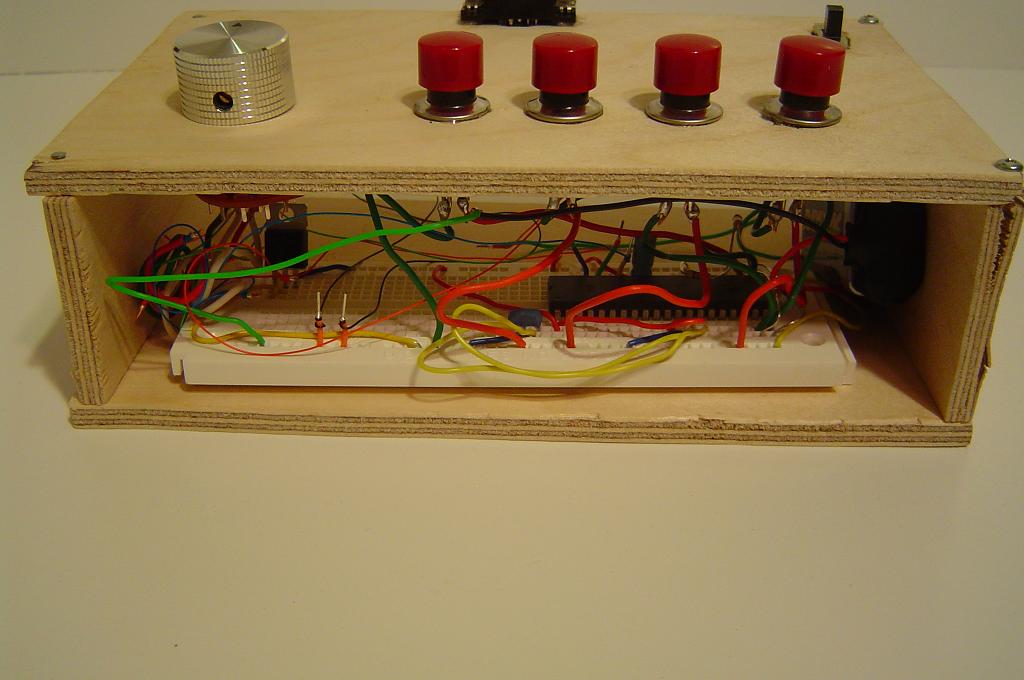Playing “Happy Birthday” tune with a PIC Microcontroller
This article describes how to play a melody with microcontrollers. A melody consists of notes that must be played with proper timing gap. Every note has a specific frequency. So if you know the notes that you want to play, then first find out the frequencies of those notes. After that, you can program a microcontroller to generate those frequencies at one of its port with proper timing intervals. You can listen the melody on a piezo buzzer connected to the port pin. This project describes the notes and frequencies to play the popular birthday tune.
Read more

